In the Schools of Early Learning, the Pedagogy and Training team, alongside educators from all age groups, engage in research as part of the children’s long-term investigations. Long Term Investigations are the research work children engage in around a specific BIG idea. We use BIG Ideas to frame our investigation and achieve our intentions.
What is a BIG idea?
An idea is “big” if it helps us make sense of many confusing experiences and seemingly isolated facts. If an idea is “big”, it helps us make sense of things. It is more like a lens for looking than another object seen.
A ‘big’ idea is a way of seeing better, not just a vague notion or another piece of knowledge. It helps us think to make sense of things in our own minds. It is more like a lens for looking than another object seen.






SOEL’s Approach to Research
Educators and children explore, inquire, question, and investigate ideas about what they notice in research. Our research allows children and educators to explore these interests and questions. Research is not the transferring of knowledge from teacher to child. Instead, it’s a way of exploring new ideas and using critical thinking skills with the children. These ideas are often identified in their play and are unpacked, understood, and challenged if necessary.
This year’s BIG Idea for the kindy educators and children is based on social justice, bias and inclusion.
Social change occurs when children and educators become advocates for fairness, social justice and inclusion.
This research is firmly grounded in:
- The United Nations Convention on the Rights of the Child
- Anti-bias goals
- The Code of Ethics
- The Early Years Learning Framework.
The EYLF was developed by the Australian Government in conjunction with state and territory governments, the sector and academics. The vision is that “all children experience learning that is engaging and builds success for life.” (Department of Education Skills and Employment, 2022) Services develop their own strategies to meet the framework’s objectives.
“Anti-bias education is a way of teaching that supports children and their families as they develop a sense of identity in a diverse society. It helps children learn to be proud of themselves and their families, respect a range of human differences, recognise unfairness and bias, and speak up for the rights of others”
Derman-Sparks & Edwards 2010
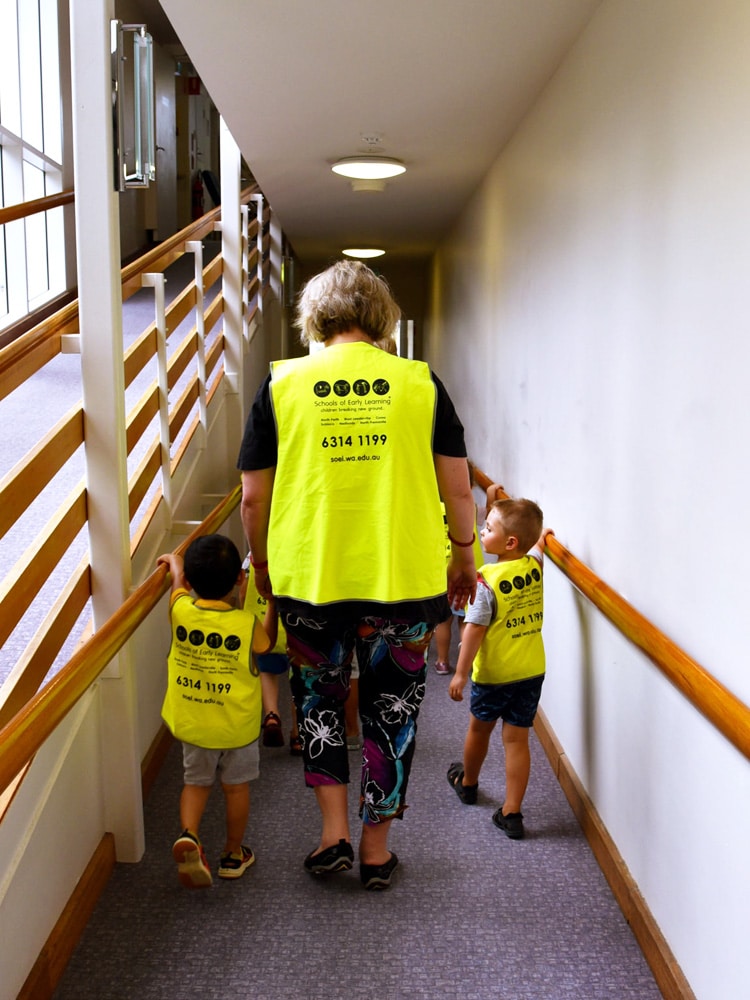

Anti-bias goals:
Goal 1: Each child and educator will demonstrate self-awareness, confidence, family pride, and positive social identities for themselves and others.
Goal 2: Each child and educator will express comfort and joy regarding human diversity, gaining accurate language for human differences. This helps reflect how individuals express themselves and deep, caring human and non-human connections.
Goal 3: Each child and educator will increasingly recognise unfairness, as well as have the language to describe unfairness. Additionally, they will understand that unfairness hurts themselves and others.
Goals 4: Each child and educator will demonstrate empowerment and the skills to act, with others or alone, against prejudice and/or discriminatory actions.
The Effects of Bias
We know young children are vulnerable to bias, stereotyping, prejudice, and discrimination. We also know that children are interested in fairness and can be taught to identify stereotypes and biases. Additionally, children can take action when encountering unfair or hurtful images, comments and behaviours.
Our understanding of how children “construct their personal (self) and social (group) identities has also expanded throughout the years… Children’s propensity to favour their own groups and over generalise and make incorrect assumptions about different groups, has highlighted the need” (Scarlet 2020) for early childhood educators and schools to include a more proactive approach. This proactive approach includes talking, unpacking, discussing, and exploring differences and similarities among people so “children can construct positive views about themselves” and others. For SOEL, this will take the form of research with the children.
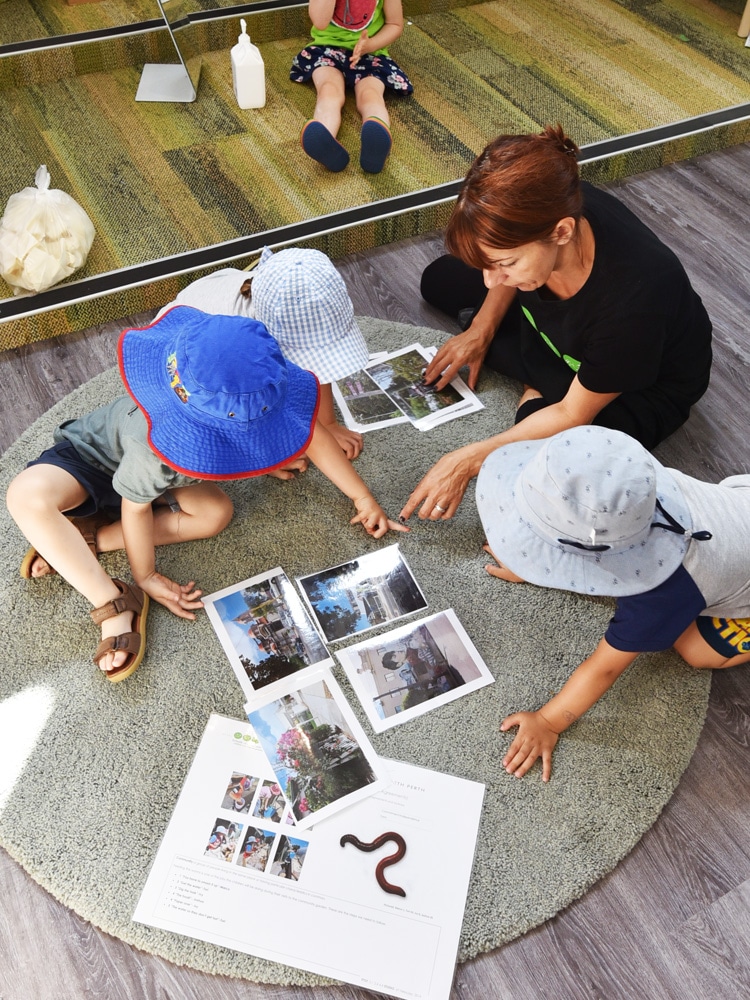

What is SOEL doing to help?
Our first step in this research as early childhood professionals is to observe the children’s play. We will observe their scripts and roles in it. Then, we aim to identify some of the children’s themes and social categorisations in play.
These can be about:
- Possession
- Power
- Race
- Gender
- Abilities and disabilities
During this part of the research, educators meet, observe, reflect, document and question.
For example: If educators notice that during play, children are not allowing children with dark hair (boys and girls) to enter their game, educators will start documenting, observing, and questioning these “rules” that children are using to make meaning of the world.
Questions will help educators understand the subtext of the children’s play and the reasoning behind their “rules”. These questions and observations can lead the teacher and teams to encourage forums and discussions to see everyone’s perspectives.
Questions such as:
- What is fair?
- What does it mean to have dark hair?
- Who can and who can’t have dark hair?
- What happens when you have dark hair?
These forums and discussions can include:
- Songs
- Books
- Resources for dramatic play
- Spaces to help children broaden their perspective and language.






References:
Scarlet R, R. (2020) Anti-bias Curriculum 4th Edition. Chapter 3 children and bias, page 17.
Department of Education, Skills and Employment (2022). Early Years Learning Framework.
Related Blog Posts
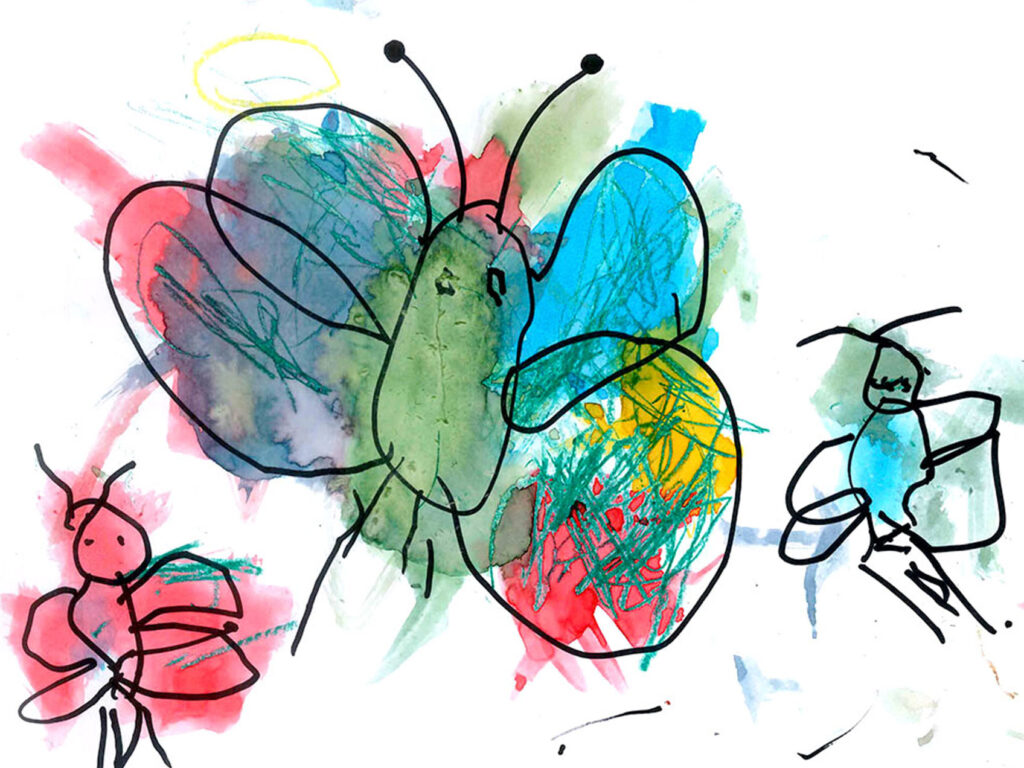

The Anti Bias Approach for 2022
The Pedagogy and Training team discusses the approach to research SOEL will take in 2022 where we will be exploring social justice.
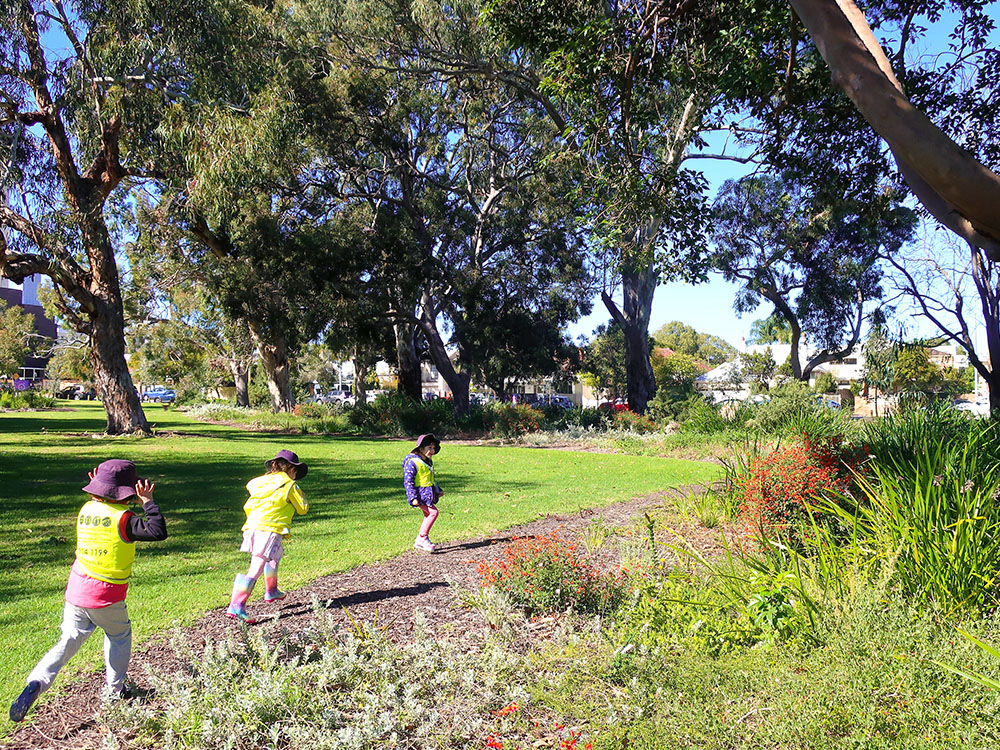

Building Relationships through Stories
Read about our 2021 long-term research question and how the Kindy programmes have engaged with many ways of telling a story.
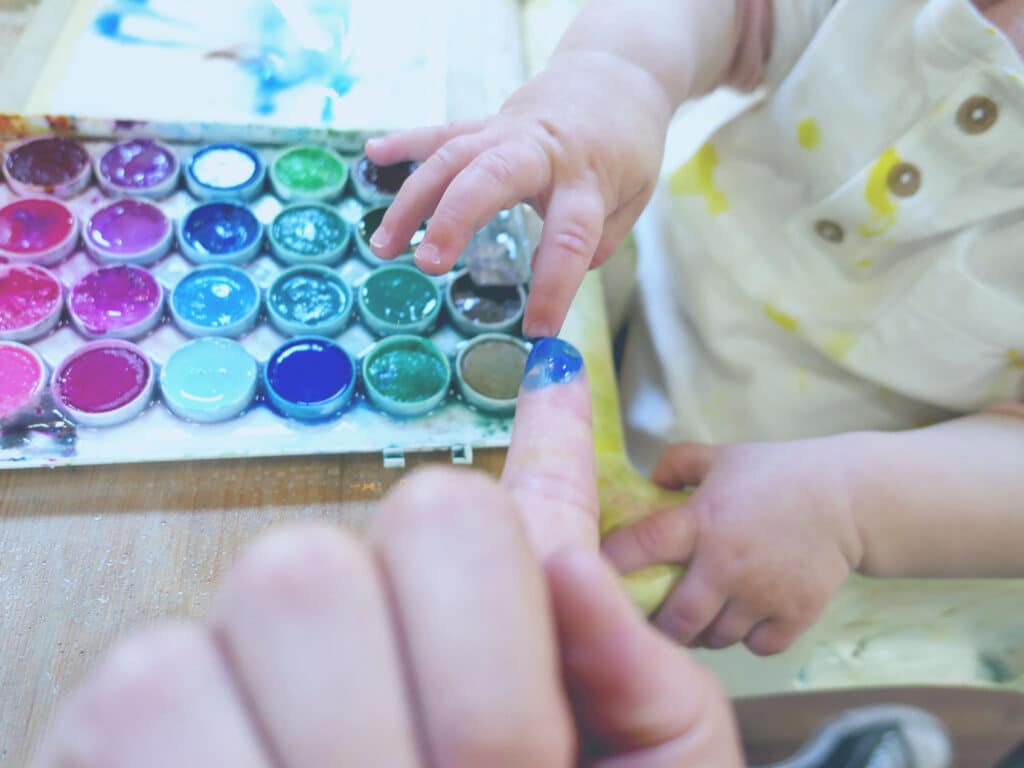

SOEL’s Early Learning Programmes For Babies
At SOEL, through observing and documenting babies’ interactions with people, materials, ideas and the environment, educators build on ordinary moments.
